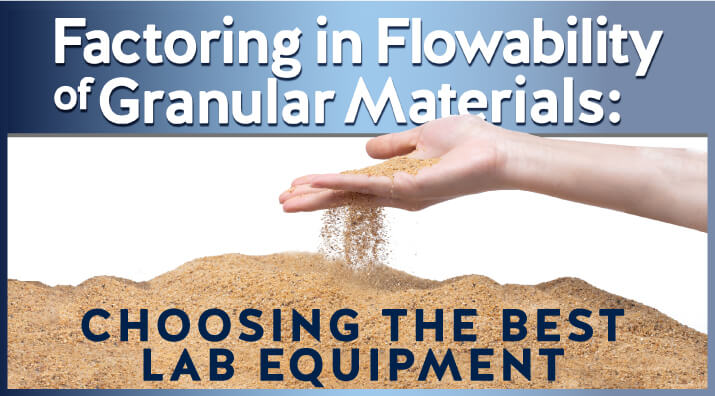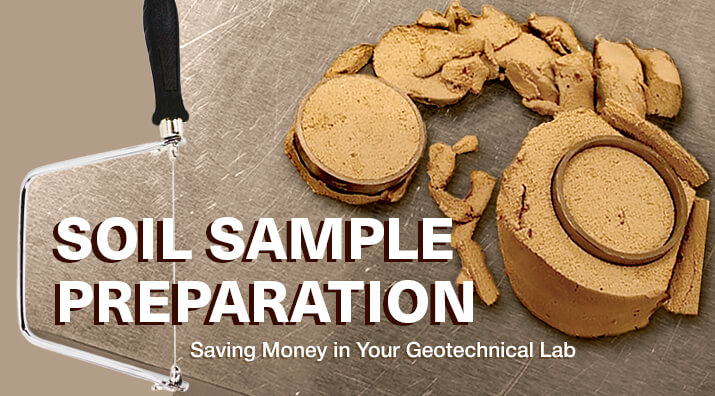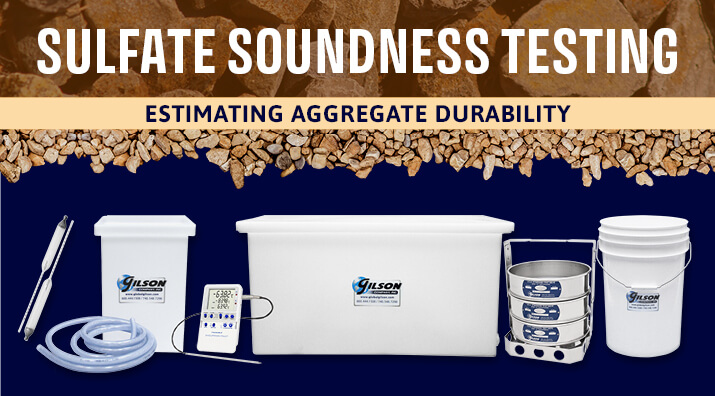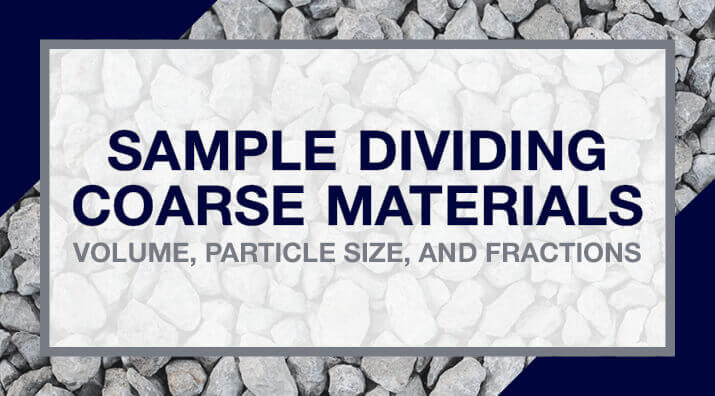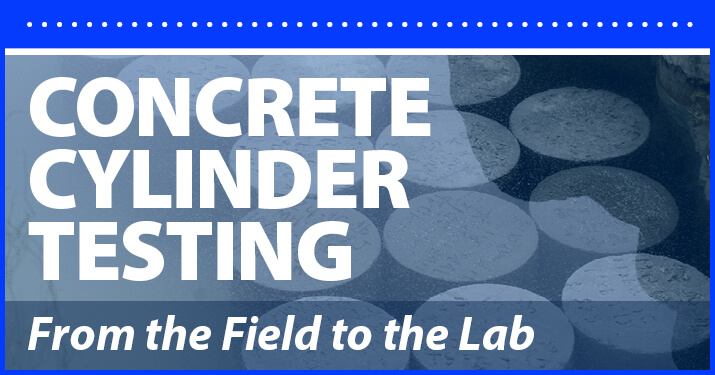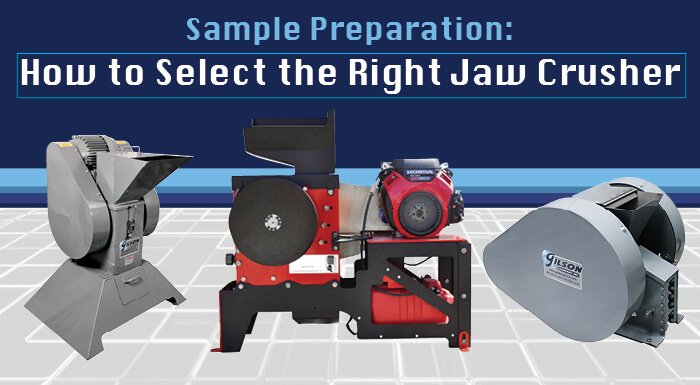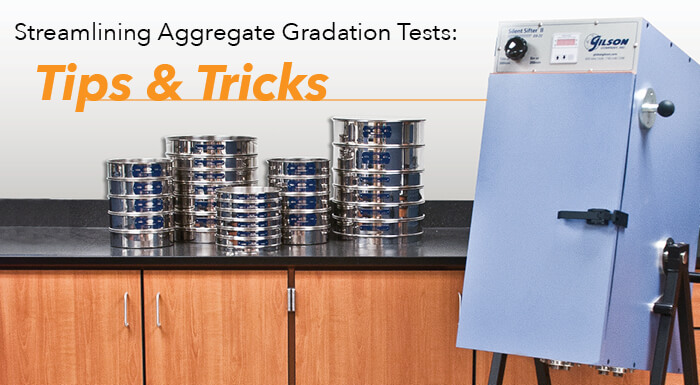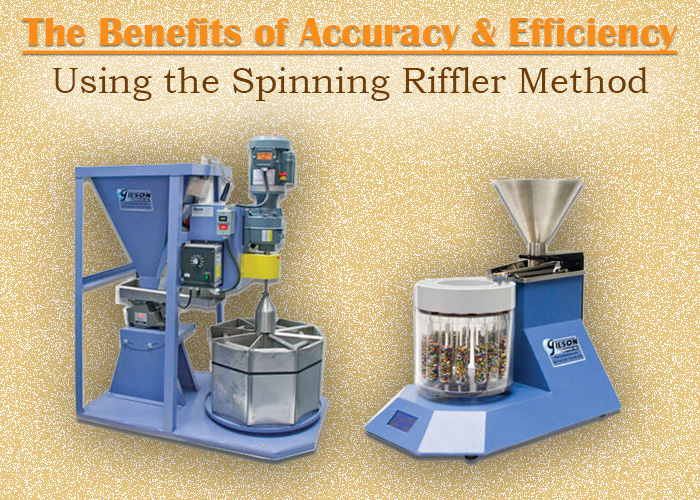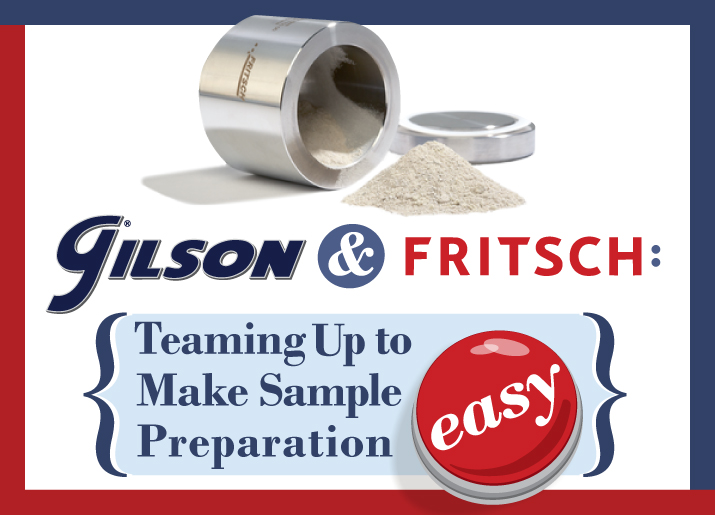 Gilson proudly offers a variety of Fritsch laboratory equipment for particle size reduction. Read this blog to learn about the Fritsch products available and how to choose the right instrument for your sample preparation needs.
Gilson proudly offers a variety of Fritsch laboratory equipment for particle size reduction. Read this blog to learn about the Fritsch products available and how to choose the right instrument for your sample preparation needs.
- Log in
- Favorites List
-
Shopping Cart
You have no items in your shopping cart.
Blog posts tagged with 'Sample Prep'
Have questions about your materials testing equipment? We have the answers to these questions and much more right here! Check back monthly for long-form blog posts, how-to guides and infographics. We’ll address industry insights, the operation and maintenance of specific equipment, and our product line recommendations, all designed to better serve you.
Bookmark this page, add it to your RSS reader, or subscribe to our newsletter, so you never miss a hot topic.
 Gilson proudly offers a variety of Fritsch laboratory equipment for particle size reduction. Read this blog to learn about the Fritsch products available and how to choose the right instrument for your sample preparation needs.
Gilson proudly offers a variety of Fritsch laboratory equipment for particle size reduction. Read this blog to learn about the Fritsch products available and how to choose the right instrument for your sample preparation needs.
Every stage of sampling, dividing, and testing granular material is affected by its flow properties. Understanding a particular material and the unique factors that impact its flowability increases the efficiency and accuracy of your laboratory testing and can even help control your budget. In this article, we discuss what equipment is best suited for your testing application.
With a little thought and planning, you can avoid duplicating the equipment needed to perform many sample preparation tasks. Many ASTM and AASHTO soil tests performed follow similar techniques and use the same or similar equipment to set up samples for your soil testing.
Sulfate Soundness of Aggregate, procedures for this popular test method are straightforward. In this blog post, we will discuss why the soundness of aggregate is necessary, what the procedures are when using either magnesium or sodium sulfate, and what equipment is needed to perform the test.
In this blog post, we focus on the specialty large volume splitters. These sample dividers you may not see every day. They have unique features that could solve a problem for you when sample dividing coarse aggregates.
In this month's blog post we will focus on standard-cure cylinders made for compressive strength acceptance testing. Including the importance of cylinder testing, a quick guide on the procedure, and the equipment needed in the field and lab.
The selection of the best jaw crusher for your application will naturally be governed by the particle size, volume, and properties of your bulk material, along with the desired particle size and quantity of the final sample. In this blog, we help you select the right jaw crusher for your testing application.
Sieving for particle size distribution is the primary test requested for construction aggregate samples. Whether field samples are being tested to evaluate a new aggregate source or just coming in as part of day-to-day quality control of production, particle size distribution is a primary consideration. If processing and sieving is not handled efficiently, it creates a backlog.
Do you know when a spinning riffler or rotary sample divider should be your go-to sample divider for the most accurate representative samples?
Is your lab or worksite equipment-ready for compliance with OSHA’s final rule for the construction industry on protecting workers from exposure to silica dust?
- 1
- 2
- 2026
- 2025
- 2024
- 2023
- 2022
- 2021
- 2020
- 2019
- 2018
- 2017
- 2016
- 2015
















